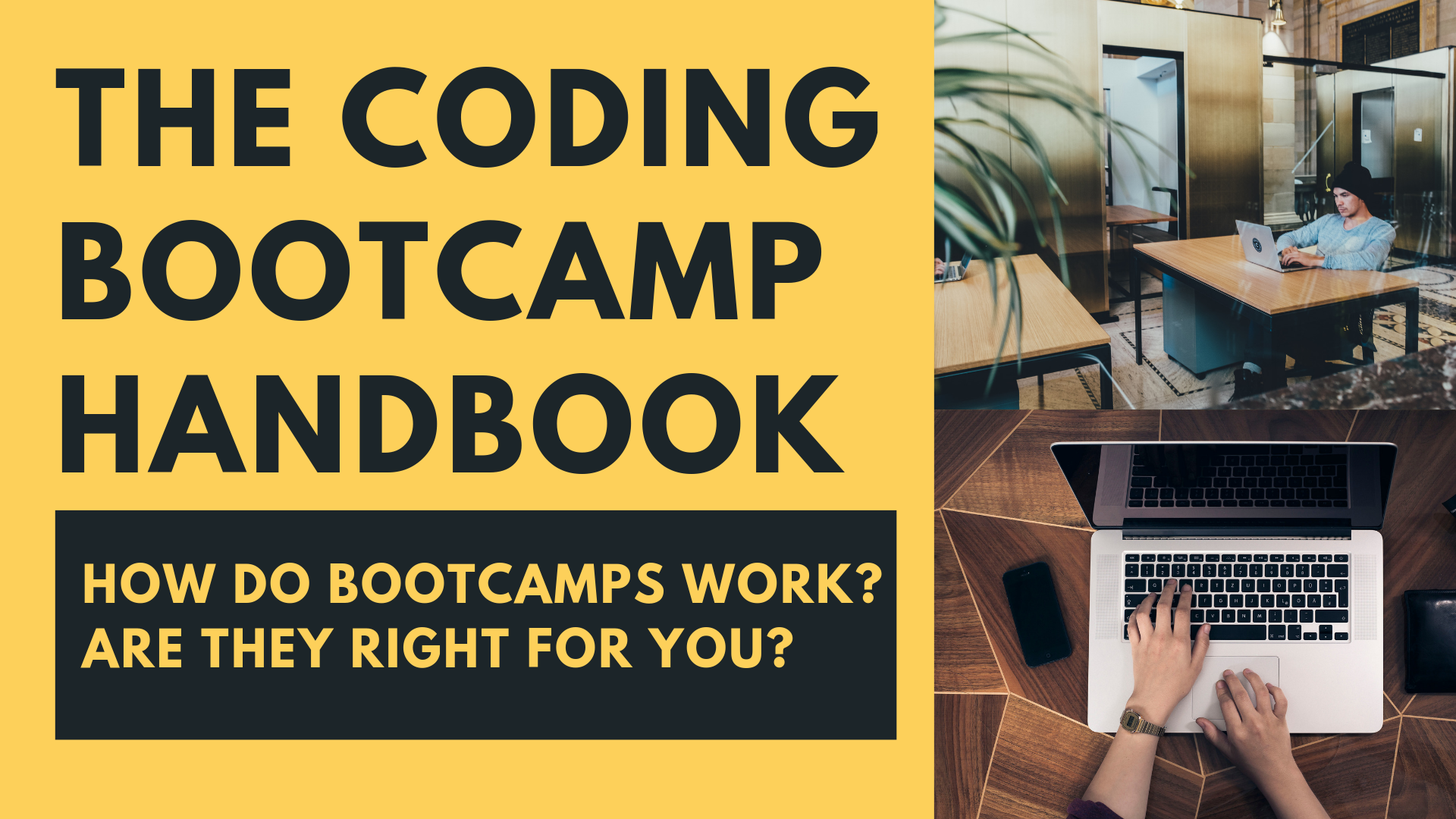Intensive vs. Less Intensive Programs: How Long Does A Coding Bootcamp Take

Coding bootcamps vary significantly in their intensity, impacting the learning experience and ultimately, career outcomes. Choosing between an intensive and a less intensive program depends heavily on individual learning styles, prior experience, and available time commitment. Understanding these differences is crucial for making an informed decision.
The primary difference lies in the pace and volume of material covered. Intensive bootcamps deliver a condensed curriculum over a shorter period, demanding significant time and effort from students. Less intensive programs spread the same material over a longer duration, allowing for a more gradual learning curve and greater flexibility.
Curriculum Examples, How long does a coding bootcamp take
Intensive bootcamps often focus on a single, in-demand skillset, such as full-stack web development, data science, or cybersecurity, delivering a comprehensive but fast-paced curriculum. For example, a typical intensive full-stack web development bootcamp might cover HTML, CSS, JavaScript, a back-end framework (like Node.js or Python/Django), databases (like SQL or MongoDB), and version control (like Git) within 12-16 weeks. A less intensive program might cover similar material but over a period of 24 weeks or longer, incorporating more project-based learning and potentially offering elective courses. A less intensive data science bootcamp, for instance, might spread its curriculum over six months, allowing for more in-depth exploration of statistical concepts and machine learning algorithms compared to a shorter, more focused intensive program.
Learning Pace and Workload
Intensive bootcamps operate at a rapid pace, requiring students to dedicate substantial hours each day to lectures, coding exercises, projects, and homework. Expect a workload comparable to a full-time job, often exceeding 40 hours per week. Less intensive programs, in contrast, provide a more manageable workload, typically requiring fewer hours per week, allowing for a better work-life balance and potentially part-time employment alongside studies. This slower pace enables a deeper understanding of concepts through more deliberate practice and project development.
Impact on Job Placement
While intensive bootcamps offer a quicker pathway to a new career, their demanding nature can lead to higher attrition rates. The rapid pace can be overwhelming for some students, potentially impacting their ability to fully grasp concepts and build a strong portfolio. Less intensive programs, while taking longer, might offer a more sustainable learning experience, potentially resulting in higher completion rates and ultimately, improved job placement success for those who finish. However, the shorter timeframe of intensive bootcamps can be advantageous for those seeking immediate employment and who can handle the intense workload. Ultimately, the success of job placement depends not solely on the program’s intensity, but also on the student’s dedication, networking efforts, and the quality of the bootcamp’s career services. For example, a study might show that while intensive bootcamps boast higher initial placement rates, less intensive programs exhibit a higher long-term retention rate within the field due to a more thorough understanding of the subject matter.

Tim Redaksi